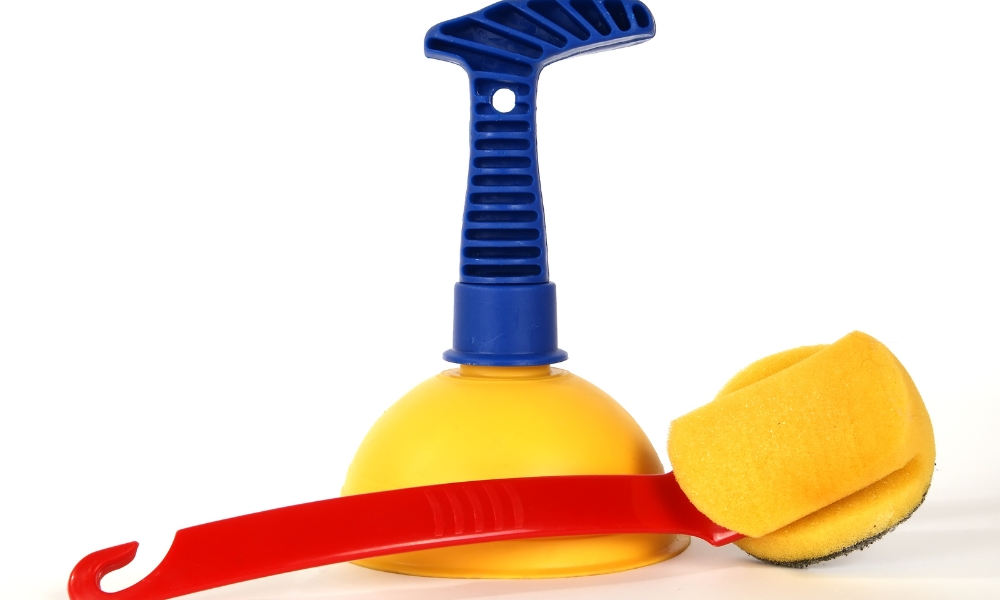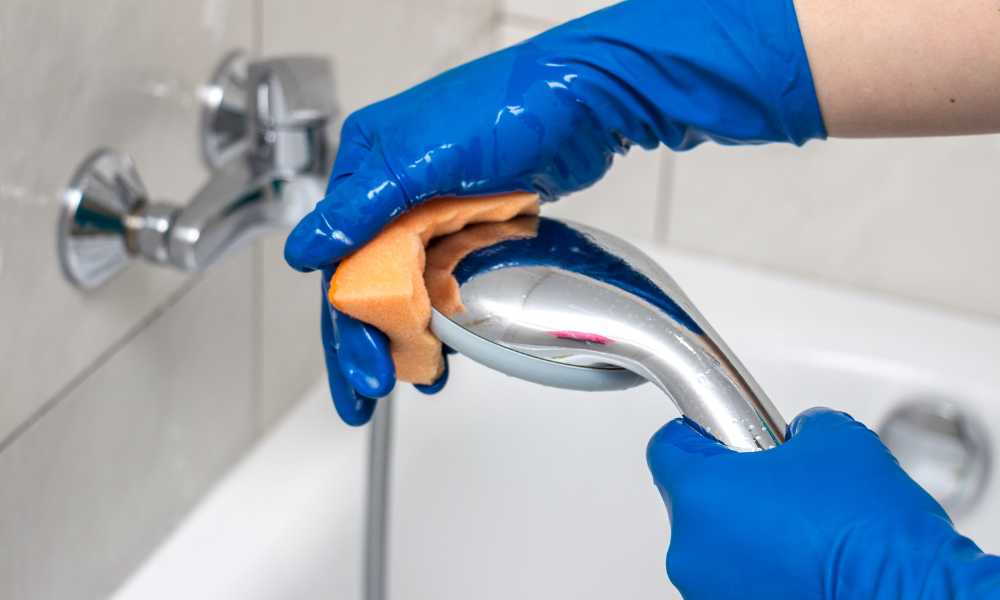Cleaning toilet brushes and plungers is an essential yet often overlooked task in maintaining bathroom hygiene. In this guide on “How To Clean Toilet Brush And Plunger,” you’ll learn simple and effective methods to sanitize these tools, ensuring they remain germ-free and ready for use. By following these straightforward steps, you can prevent the spread of bacteria and keep your bathroom sparkling clean. Whether you’re dealing with a routine cleaning or tackling a particularly tough mess, this guide will provide you with the necessary tips to handle the job efficiently.
Importance Of Cleaning Toilet Brush And Plunger
Regularly cleaning your toilet brush and plunger is crucial for maintaining a hygienic bathroom environment. These tools are exposed to a plethora of germs and bacteria every time they are used. If not cleaned properly, they can become breeding grounds for harmful microorganisms, which can spread throughout your bathroom and pose health risks to your household. Keeping your bathroom brush and plunger clean not only ensures their longevity but also significantly reduces the risk of cross-contamination, promoting a healthier living space.
Is It Safe To Use The Toilet Immediately After Cleaning The Tools?
After thoroughly cleaning your bathroom brush and plunger, it is generally safe to use the toilet immediately. The cleaning process typically involves disinfectants and hot water, which effectively kill bacteria and viruses. However, it’s important to ensure that all cleaning agents are rinsed off properly from both the sweep and plungers to prevent any chemical residues from contaminating the toilet bowl. Once the tools are rinsed and dried, you can safely use the toilet without concerns of exposure to harmful substances or pathogens.
Materials Needed
Before We Get Started, Gather The Following Supplies:
- Rubber Gloves
- Bucket
- Disinfectant (Bleach Or A Commercial Cleaner)
- Old Toothbrush Or Scrubbing Brush
- Hot Water
- Dish Soap
- Paper Towels Or Old Rags
- Spray Bottle (Optional)
- Vinegar And Baking Soda
Cleaning The Toilet Brush
1. Removing Debris
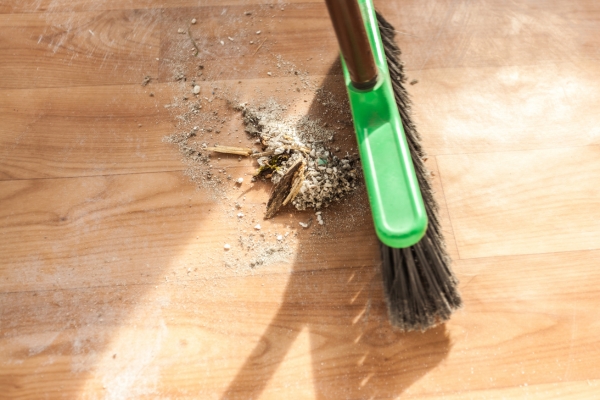
Begin the cleaning process by removing any visible debris from the toilet brush. After each use, it’s a good practice to rinse the sweep under hot water to remove any particles stuck to the bristles. Shake off the excess water into the toilet bowl to avoid splattering dirty water elsewhere.
2. Soaking In Disinfectant
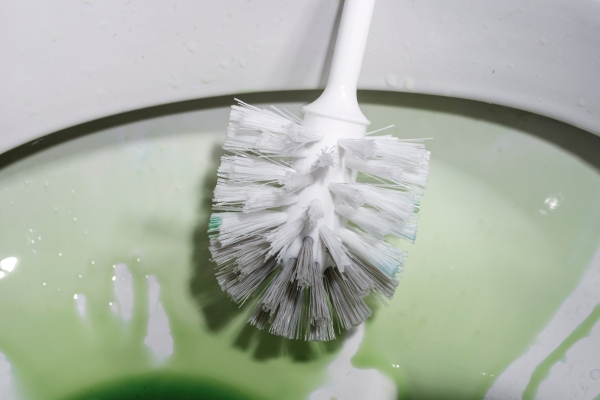
Next, prepare a disinfectant solution to soak the brush. Fill a bucket or a bathroom sink with hot water and add a generous amount of disinfectant, such as bleach or a strong antibacterial cleaner. Submerge the bathroom brush completely in this solution and allow it to soak for at least an hour. This soaking period helps to kill germs and loosen any remaining grime.
3. Scrubbing And Rinsing
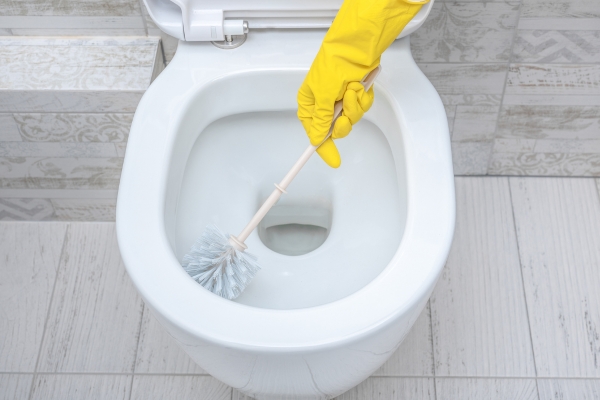
After soaking, it’s time to scrub the brush thoroughly. Using gloves, remove the brush from the disinfectant solution and scrub it against the side of the bucket or sink. This action helps dislodge any stubborn debris. Once you’ve scrubbed the sweep, rinse it thoroughly under hot running water to wash away both the disinfectant and any loosened particles.
4. Drying The Brush
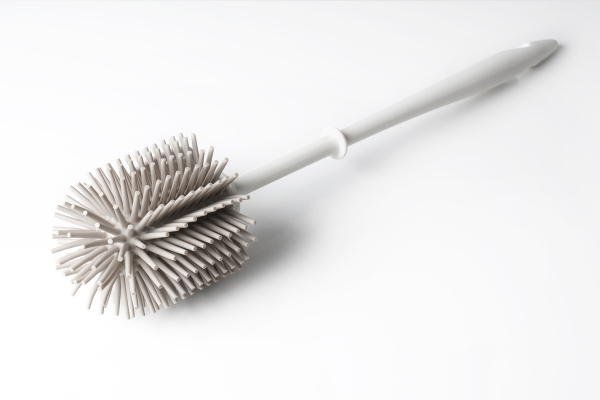
Proper drying is essential to prevent bacteria growth on the toilet sweep. Shake off as much water as possible and place the brush in its holder in a way that allows air to circulate around it. If possible, position the sweep holder in a well-ventilated area or outdoors to ensure it dries completely before the next use. This step is crucial in maintaining the cleanliness and longevity of Hide your toilet brush.
Cleaning The Plunger
1. Removing Debris
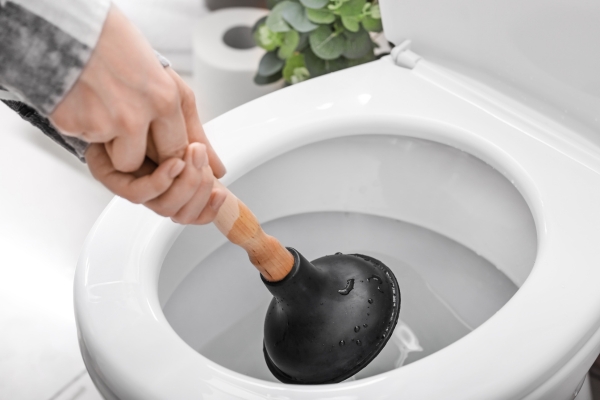
Start by removing any visible debris from the plungers. After each use, rinse the plunger under hot water in the toilet bowl to remove any residue. Make sure to shake off the excess water to avoid dripping dirty water around the bathroom.
2. Soaking In Disinfectant
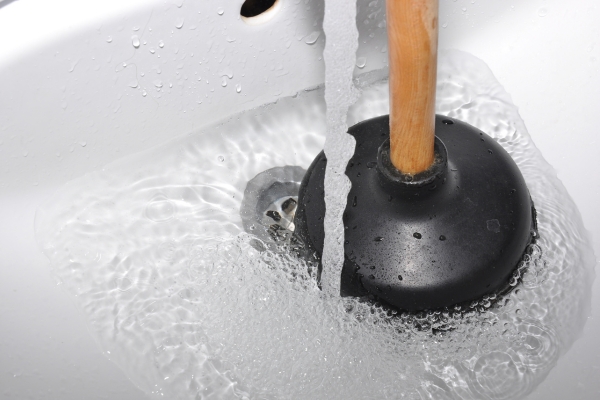
Next, prepare a disinfectant solution to soak the plungers. Fill the toilet bowl with hot water and add a substantial amount of disinfectant, such as bleach or a strong antibacterial cleaner. Submerge the rubber end of the plunger in this solution and let it soak for at least an hour. This will help kill germs and loosen any stuck-on debris.
3. Scrubbing And Rinsing
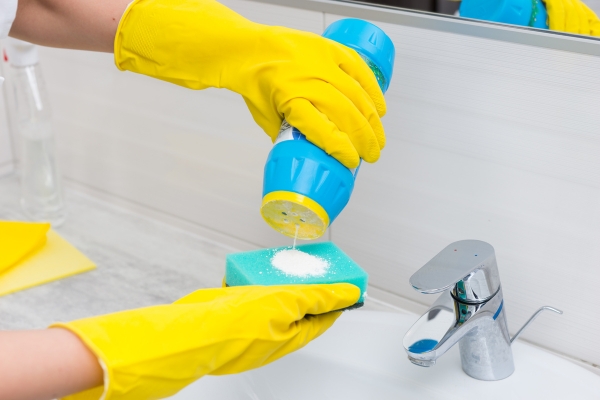
After soaking, it’s time to scrub the plunger. Wearing gloves, scrub the rubber cup of the plunger against the sides of the toilet bowl to dislodge any remaining grime. Once you’ve thoroughly scrubbed the plunger, rinse it under hot running water to wash away the disinfectant and any loosened particles.
4. Drying The Plunger
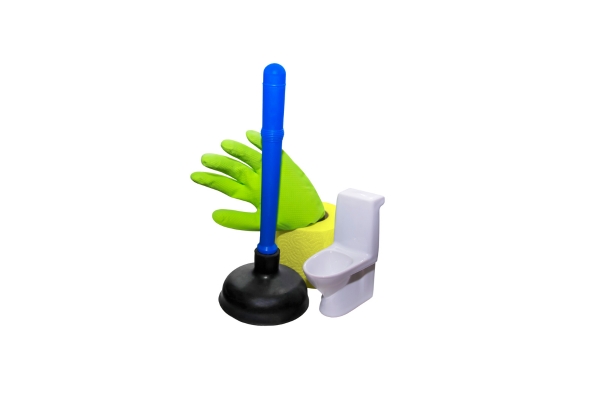
Proper drying is essential to prevent bacteria growth on the plunger. Shake off as much water as possible and place the plunger in a well-ventilated area or outdoors to dry. If the plunger has a holder, make sure it allows for adequate air circulation. Ensuring the plunger is completely dry before storing it will help maintain its cleanliness and longevity.
Benefits Of Regular Cleaning
Regular cleaning of your bathroom brush and plunger offers several important benefits. Firstly, it prevents the buildup of harmful bacteria and germs, ensuring that these tools do not become breeding grounds for pathogens that could compromise your health. Secondly, maintaining clean tools enhances their longevity, saving you money on replacements. Additionally, clean tools contribute to a more pleasant bathroom environment, free from unpleasant odors and unsightly grime. By regularly cleaning your toilet sweep and plunger, you ensure a higher standard of hygiene in your home.
How Often Should You Clean Your Toilet Brush And Plunger?
To maintain optimal hygiene, it’s recommended to clean your bathroom sweep and plunger at least once a month. However, if they are used frequently or after handling particularly dirty tasks, cleaning them more often is advisable. Regular monthly cleanings help prevent the buildup of bacteria and ensure that these tools remain effective and safe to use. For best results, always rinse the tools after each use and perform a thorough cleaning at least every four weeks.
Conclusion
Keeping your toilet brush and plunger clean is an essential aspect of bathroom maintenance that should not be overlooked. Regularly cleaning these tools helps prevent the spread of germs, prolongs their lifespan, and contributes to a cleaner, more hygienic bathroom environment. By following simple cleaning steps—removing debris, soaking in disinfectant, scrubbing, rinsing, and drying—you can ensure that your bathroom brush and plunger remain sanitary and ready for use. Adopting these practices as part of your regular cleaning routine will enhance the overall cleanliness and health of your home.
